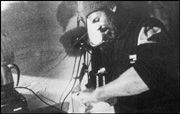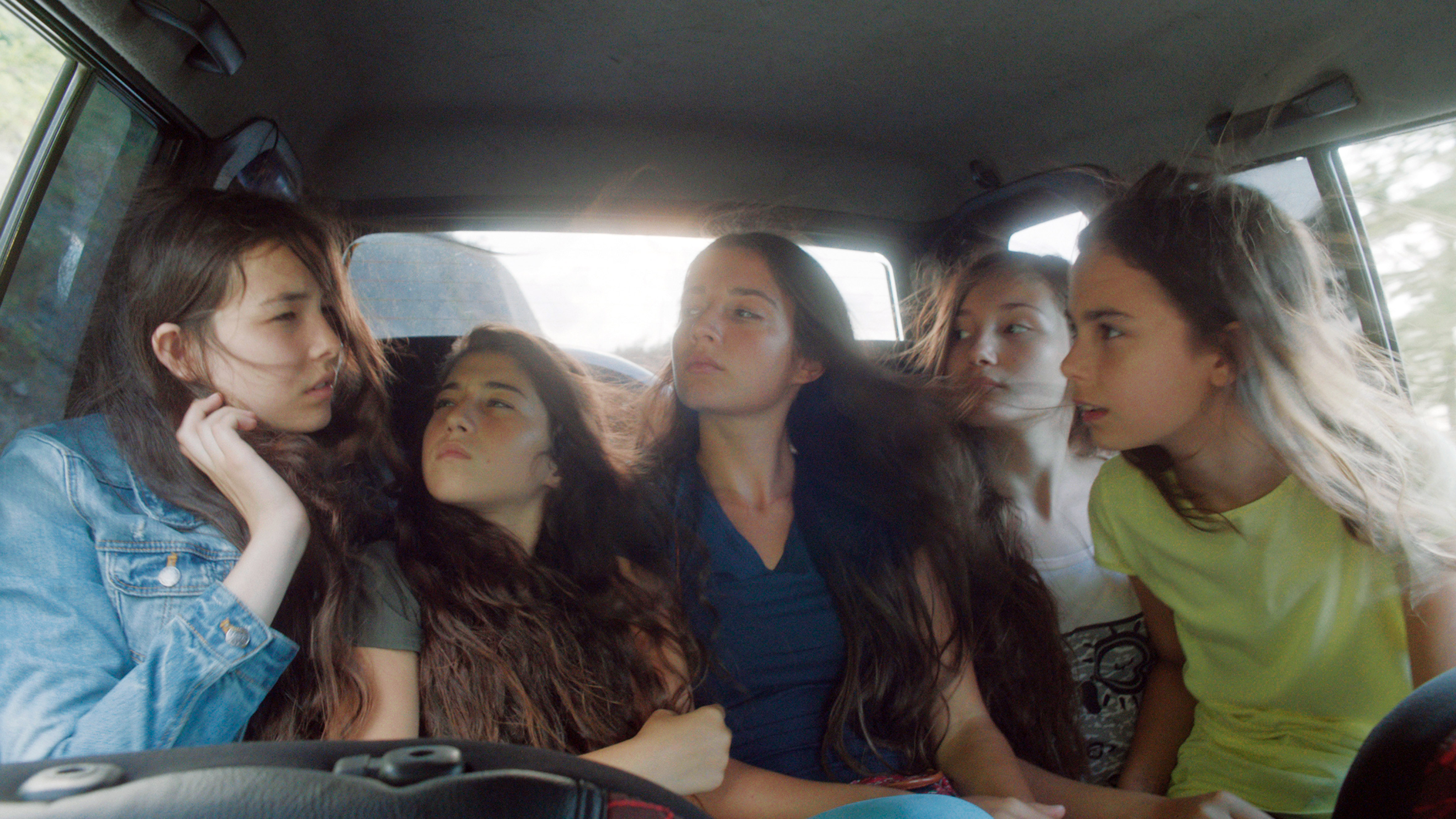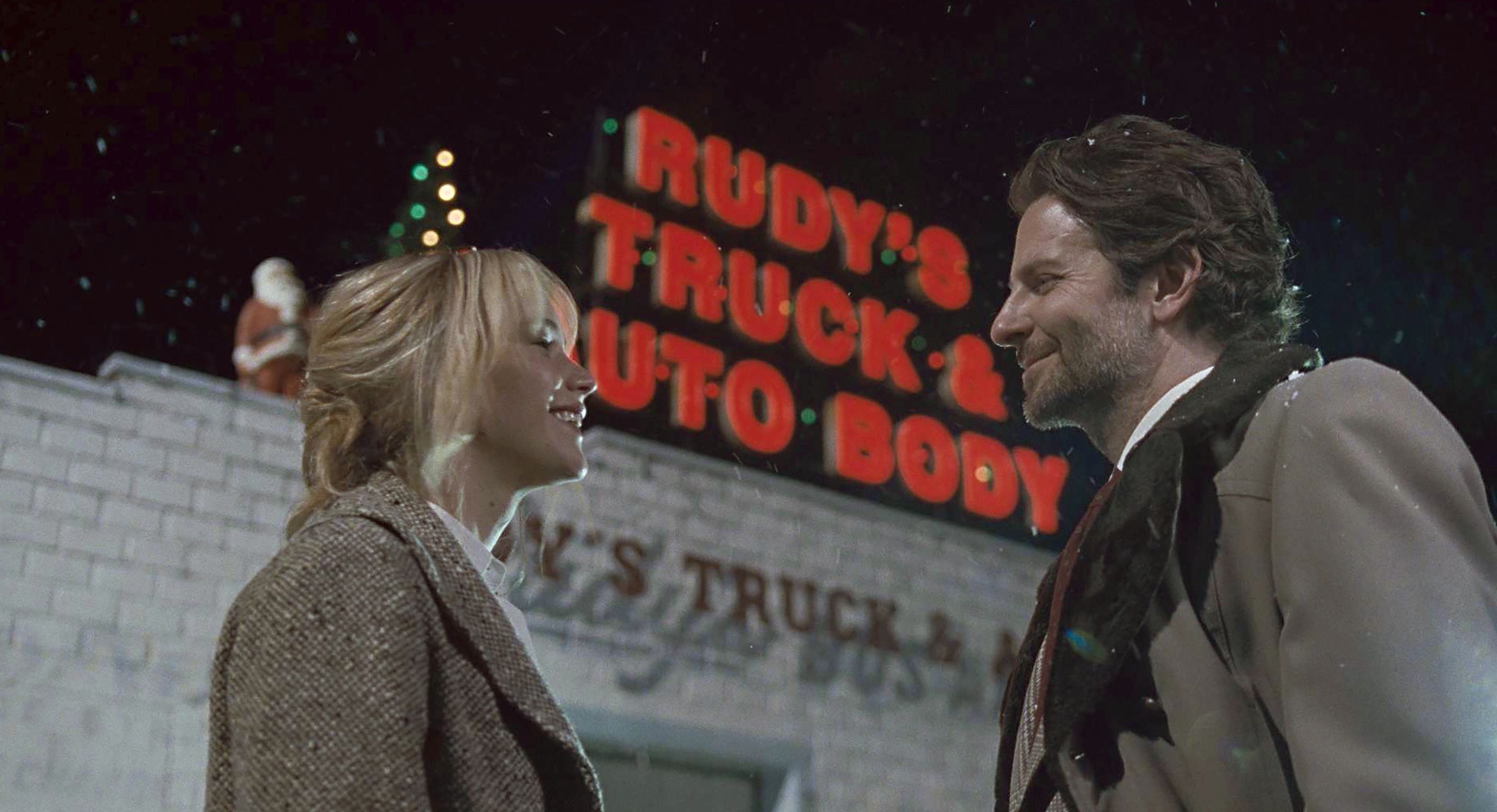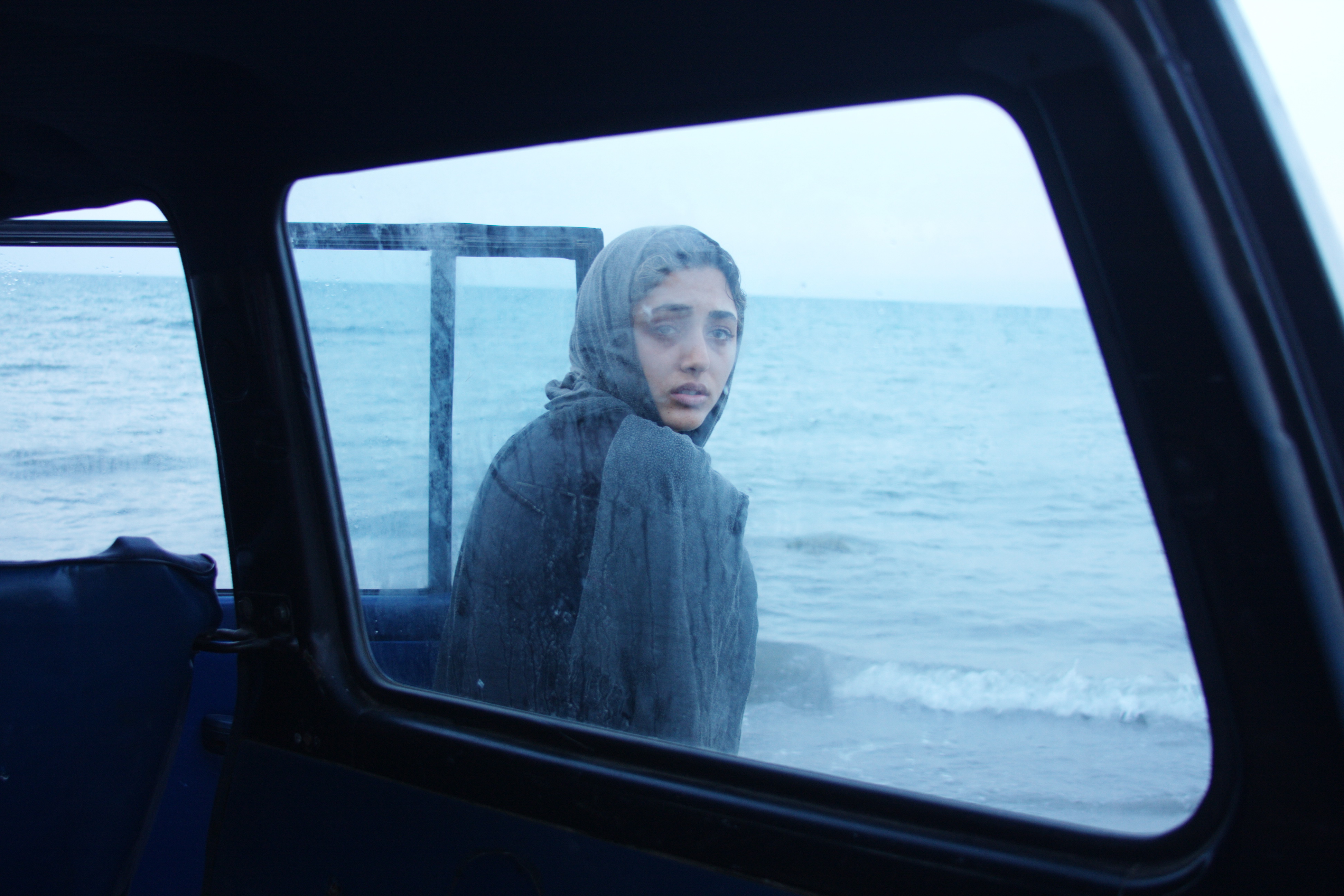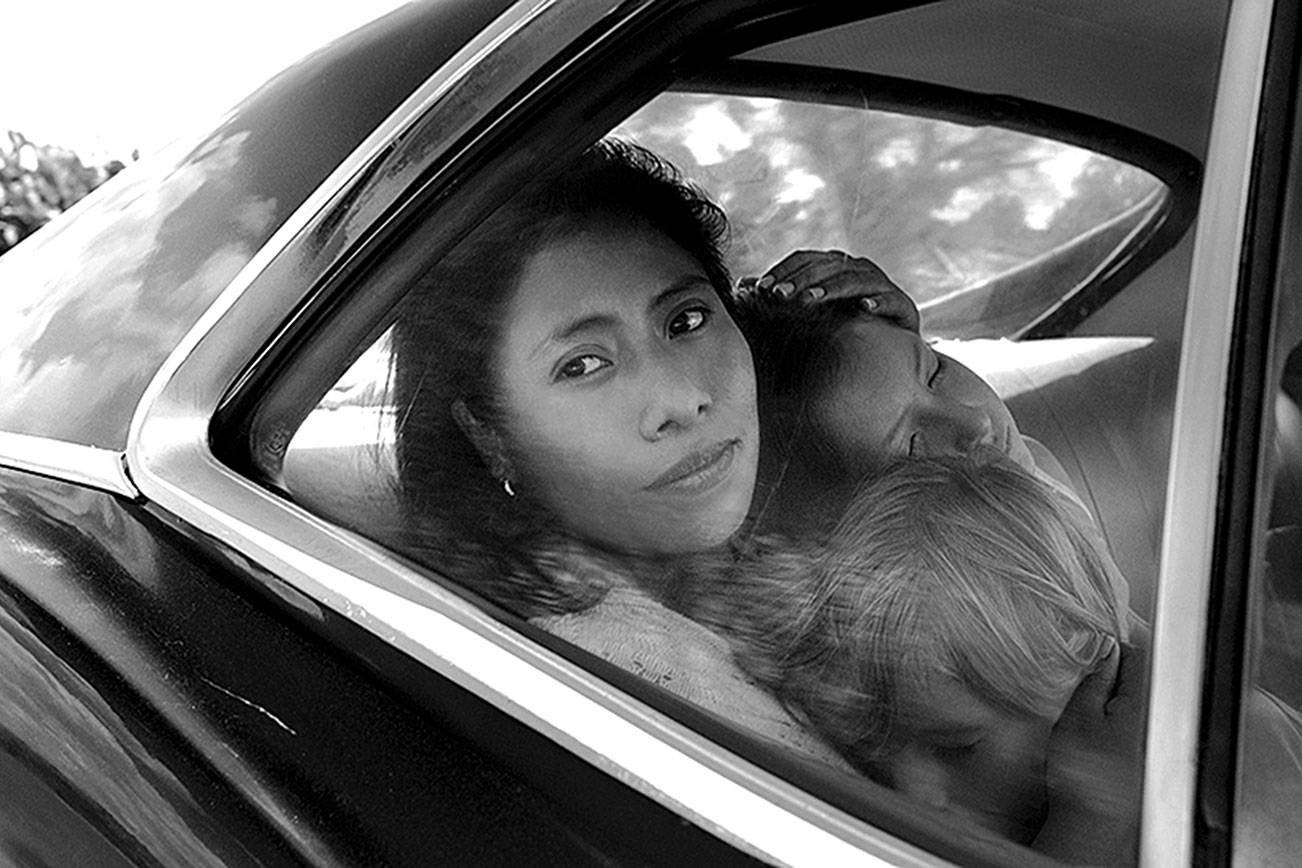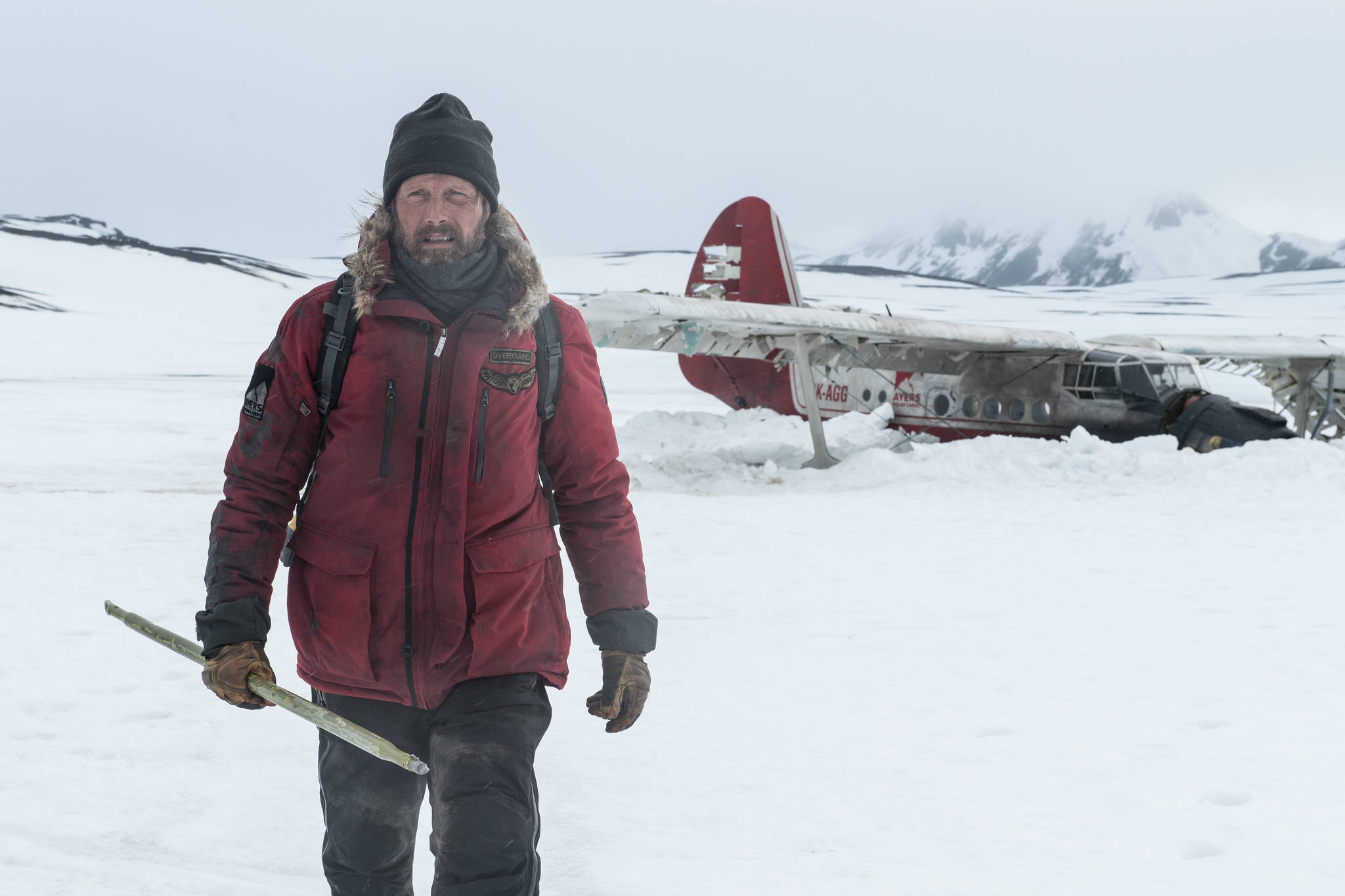DOWN AND OUT, with no place to live, no job, no family or social support, who’s going to risk a night out on New York’s mean streets? Not the protagonists of this Sundance prize-winning documentary, one of whom says of his improvised refuge, “It can’t be as bad as it is up top.” Where is he living? A dark, dank, rat-infested Amtrak tunnel beneath Riverside Park on the Upper West Side of Manhattan. Above lies one of the nicest, most privileged neighborhoods in the city—Riverside Drive, Zabar’s, and Lincoln Center are close by; children, dogs, and joggers fill the park each day.
DARK DAYS
directed by Marc Singer runs September 29-October 5 at Varsity
But that’s a different universe, one we almost never glimpse in neophyte British director Marc Singer’s remarkably powerful, succinct film. Literally learning to use the camera on the job, employing the same tunnel denizens as both film crew and documentary subjects, he relentlessly restricts our view to a grainy black-and-white netherworld and its inhabitants. Claustrophobic? Sure—that’s the point. The viewer can’t escape any more than the resident; we’re all trapped in this cavelike environment for the duration.
Surprisingly, however, the neighbors in this subterranean ‘hood make the best of their inhospitable surroundings. It’s like the home improvement club as Ralph and Tommy vie to outdo each other with their ever-expanding shacks. Shanties made from cast-off building materials—from Manhattan’s opulent trash—have doors and roofs to protect their owners from the damp and the rats (and from one another). Electric wires have been pirated inside to power space heaters, radios, refrigerators, appliances, and TVs. (Wheel of Fortune is ironically glimpsed on one set.) Inside, gourmet cook Henry extols the advantages of using buttermilk in his favorite recipes. Outside, we see lonely Julio tidily sweeping the de facto street—but alongside in the shadows are piled great mounds of shit and garbage; he’s like Sisyphus, which Singer wordlessly communicates in a single haunting image.
IN THEIR ROUTINES, Singer clearly implies, the homeless men and women of the tunnel cling to the same tokens of domesticity we cherish in our own sheltered suburban lives. The scant dignity afforded by the crudest approximation of a home is both moving and unexpectedly funny. When recovering crack addict Ralph takes in Dee (still on the pipe), they affectionately bicker like two figures from Beckett, improbably persevering in a wasteland.
Fortunately, Singer makes no effort to sanitize or sentimentalize his subjects. They’re likable but profane, flawed but undoubtedly selective in their confessions to the camera (as Singer is in his editing). He paints an unvarnished portrait of their poverty and behavior. “You’d be surprised what the human body and the human mind can adjust to,” says voluble Greg, but his own scavenging routine has obviously made him a hardened, selfish survivor who watches impassively when a neighbor’s shack is burned down. Eating from garbage cans can make you that way.
Singer can be forgiven for his frequent cutaways to the rats living in the tunnel—and these are big healthy New York rats! Likewise, technical imperfections are to be expected from a shoestring production that took six years to complete (two of which the director spent living with his subjects). The look of the film is appropriate to its story, lending an immediacy and hardscrabble aesthetic that digital video or crisp focusing wouldn’t impart. Occasional phrases of hip-hop music place the movie firmly in the present.
With understated irony, Amtrak trains periodically pass through the gloom, bearing passengers on their posh journeys. But Dark Days unexpectedly transports its transients to a happy destination, which largely accounts for its festival awards, popular appeal, and glowing reviews. One of the best movies of the year, Dark Days indelibly depicts a world existing beneath our normal field of vision. Count yourself lucky to see it, not live it.
